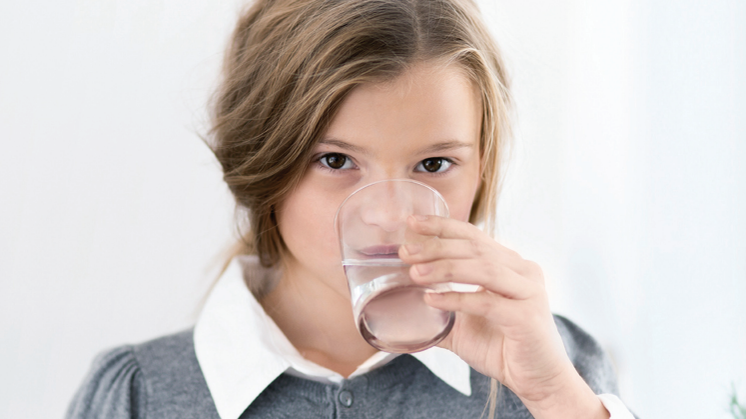
News -
White paper highlights difference between filtering and purifying tap water
How safe is our tap water?
Why should anyone in the most developed countries of the world in Europe, North America or Asia be fearful of what may be in their tap drinking water?
The answer lies in the growing evidence that current municipal water treatment technology is finding it difficult to keep up with the growing list of organic and chemical contaminants in the water we consumer on a daily basis.
“Although many people complain about the taste of chlorine used to disinfect water from microbiological risks, the wider concern extends far beyond taste,” says Bluewater Managing Director Niclas Wullt.
“The big issue is about the long-term health impact on humans of the chemical cocktail being used by public water suppliers as well as about what has got into the water during its journey from the municipal work to our taps,” he said.
The U.S. Water Quality Association (WQA) itself has noted that ‘water that leaves the treatment facility can become contaminated by the time it shows up at your tap’. That view has been supported by Consumer Reports, an independent, non-profit U.S. consumer organization, which said ‘dangerous contaminants such as lead, chloroform, arsenic, nitrite, radon and E.coli bacteria are common in tap water’.
The astronomical growth in sales of tabletop water filtration pitcher systems and bottle water underlines how uncertain people are nowadays about the quality of their tap drinking water. To help consumers make an informed choice about their drinking water, Bluewater has published a new white paper that examines the difference between filtering or purifying tap water.
